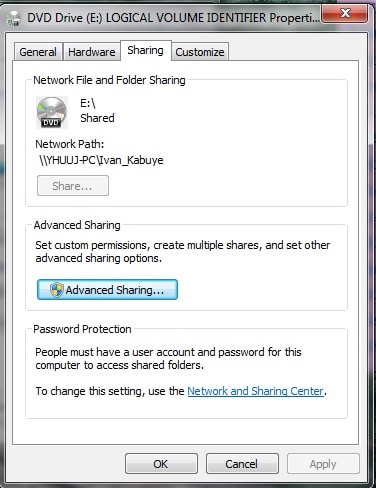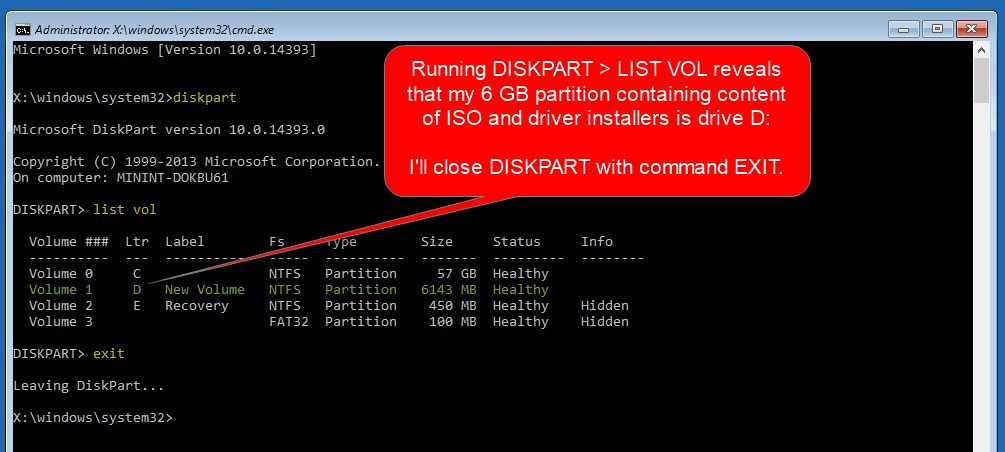
Right-click the disk shown as (Disk x, Basic, Capacity, Online) on the left (Where it says Disk 0 as example in this image). Locate your primary system boot partition. For Windows 10, press the Windows key and the X key simultaneously, then click Disk Manager. Once created, this bootable recovery USB can optionally be substituted for the system repair disc in the steps below.Ĭonfirm that Windows is installed to an MBR partition Create a backup of your recovery partition on a USB device. Some of these steps need to be performed while your OS isn't active. Download these steps to another computer or print them out. If you have a second disk drive with enough available capacity, you can create a system image and recover the full installation as it was before you started this procedure. We highly recommended performing a backup of your data. With Windows® 10 Creators Update 圆4 (Version 1703, Build 3) or later, there's an option to convert the partition table from within Windows. Reinstall your operating system from a UEFI OS image with UEFI enabled in the BIOS. If you want to convert your current partition table from MBR to GPT, we recommend you: The Windows 10 operating system was designed to install with the UEFI (Unified Extensible Firmware Interface) boot option and the resulting drive partition table GUID Partition Table (GPT). You may lose some support with the MBR partition table on Windows 10, such as system acceleration with Intel® Optane™ memory. If you recently installed the operating system and the BIOS was set to CSM, setting the legacy boot option in the legacy boot media partition. If you recently installed the operating system, setting the legacy boot option in the BIOS. After upgrading to Windows® 10 from an older operating system (OS) version, such as Windows 7* or Windows 8.1*. You might have the legacy boot option set in the BIOS: If you are accelerating the system disk (OS Installed) proceed with details below. 
Right Click on left panel for the Disk being checked (for example Disk 0, Disk 1, etc) > Properties > Volumes.
Open Disk Management by pressing Windows key + R > select Disk Management. If the drive is a secondary/data drive (no OS installed), you can use third-party applications such as EaseUS* to convert from MBR to GPT. If you have the legacy boot option set in the BIOS (Basic Input/Output System), it's possible the drive partition table is Master Boot Record (MBR). This article describes methods to convert SSDs from MBR (Master Boot Record) to GPT (GUID Partition Table) partition structure. We don't offer support for third-party tools. 
We don't endorse the content, products, or services offered.
Links provided to third-party tools and sites are for your convenience. 
Before proceeding, we recommend backing up all data.










